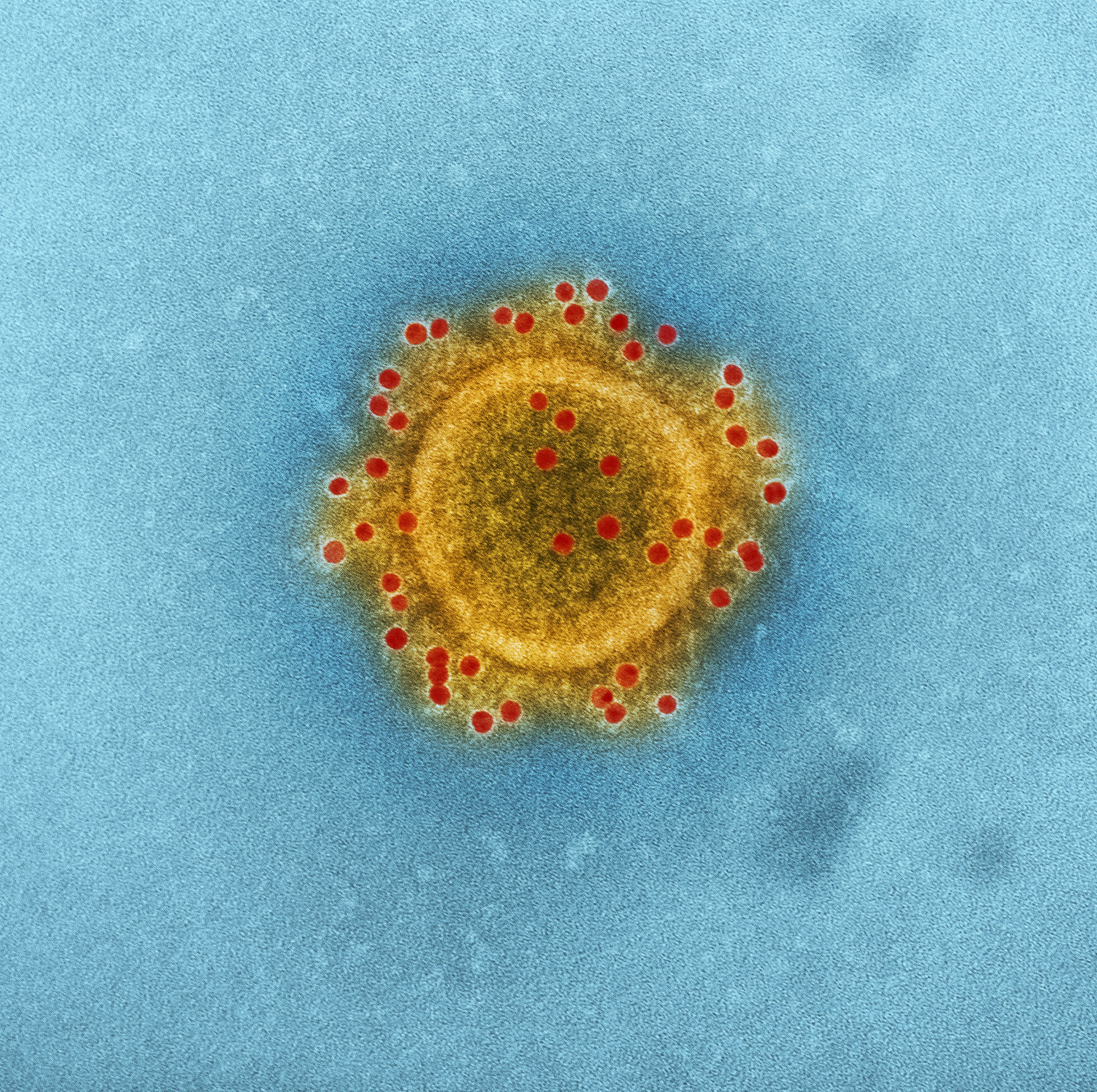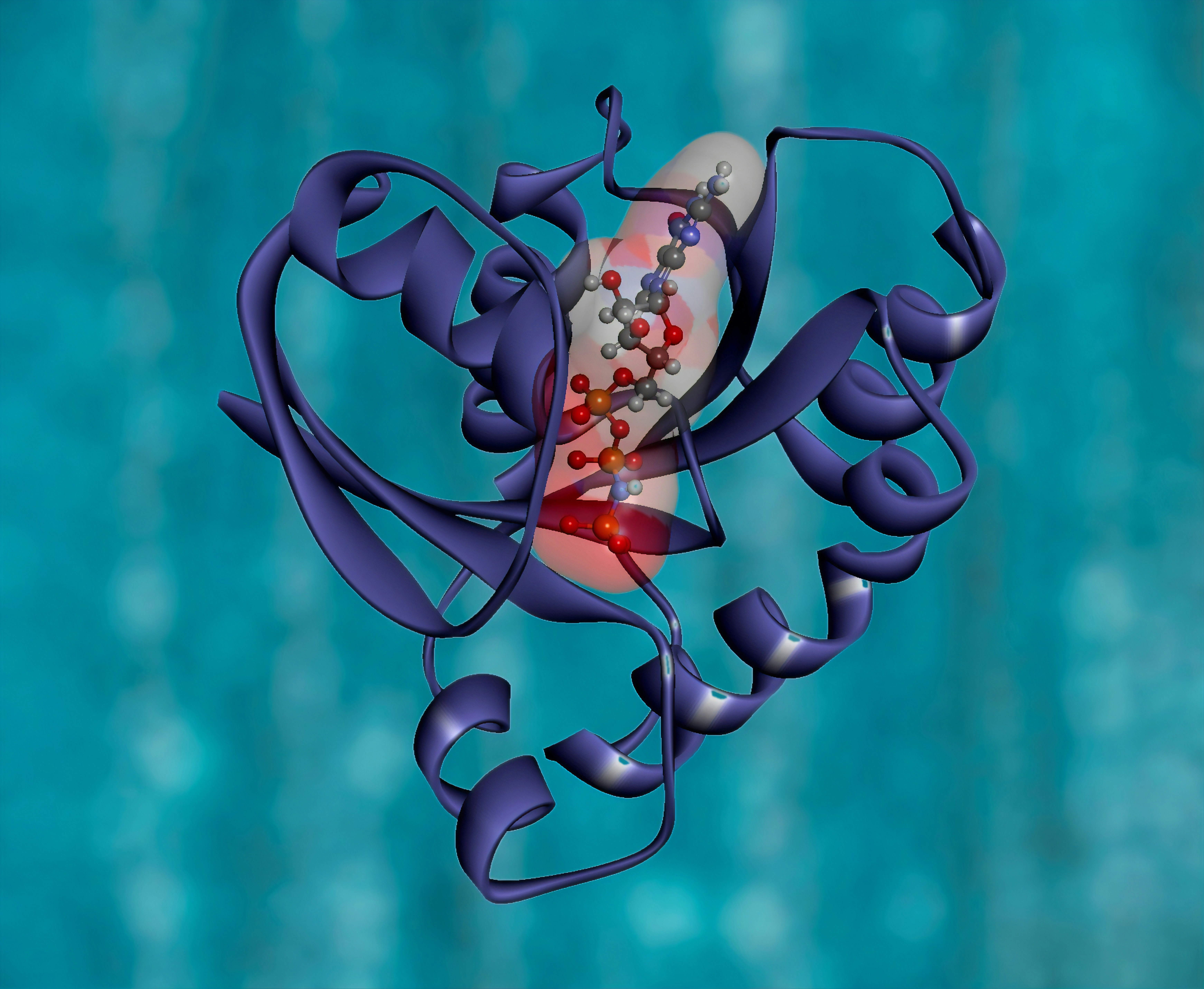Living with Celiac Disease: A Close Look at Gluten-Free Diets
Living With Celiac Disease: A Close Look At Gluten-Free Diets
Living with Celiac Disease can present various challenges, but understanding and adopting a gluten-free diet can be a game-changer. In this article, we will explore the ins and outs of Celiac Disease and its impact on your daily life. From unraveling the mysteries of gluten and its harmful effects to deciphering the labels on food products, we will cover everything you need to know about living gluten-free. Get ready to discover practical tips, delicious alternatives, and a supportive community that will make your journey towards a gluten-free lifestyle not just manageable, but enjoyable too.
Understanding Celiac Disease
What is Celiac Disease?
Celiac disease is an autoimmune disorder that affects the small intestine when gluten is ingested. Gluten is a protein found in wheat, barley, and rye, and when individuals with celiac disease consume gluten, it triggers an immune response that damages the lining of the small intestine. This damage prevents the absorption of important nutrients from food, leading to various symptoms and long-term health complications.
Causes of Celiac Disease
The exact cause of celiac disease is still unknown, but it is believed to have a genetic component. People with certain genetic markers are more likely to develop the condition, although not all individuals with these markers will develop celiac disease. Environmental factors, such as the introduction of gluten into the diet during infancy, may also play a role in triggering the immune response seen in celiac disease.
Symptoms of Celiac Disease
The symptoms of celiac disease can vary from person to person, making it challenging to diagnose. Common symptoms include abdominal pain, bloating, diarrhea, constipation, fatigue, weight loss, and malnutrition. Some individuals may also experience non-gastrointestinal symptoms, such as joint pain, skin rashes, and depression. It is important to note that symptoms can range from mild to severe and may not always be immediately apparent.
Diagnosis of Celiac Disease
Diagnosing celiac disease involves a combination of blood tests and a biopsy of the small intestine. The blood tests can detect certain antibodies that are present in individuals with celiac disease. If the blood tests indicate a potential issue, a biopsy may be performed to confirm the diagnosis. During the biopsy, a small piece of tissue is taken from the small intestine and examined under a microscope for signs of damage.
The Role of Gluten in Celiac Disease
What is Gluten?
Gluten is a protein found in grains such as wheat, barley, and rye. It provides elasticity to dough, giving bread and other baked goods their desirable texture. However, for individuals with celiac disease, gluten can be highly problematic, as it triggers an immune response that damages the small intestine.
How Gluten Affects Celiac Disease
When individuals with celiac disease consume gluten, their immune system mistakenly identifies it as a threat and launches an attack on the lining of the small intestine. This immune response leads to inflammation and damage to the villi, which are tiny finger-like projections that line the intestinal wall. As a result, the surface area available for nutrient absorption is reduced, leading to malnutrition and a range of symptoms.
Hidden Sources of Gluten
Gluten can be found in a wide range of foods and products, making it crucial for individuals with celiac disease to be diligent in reading ingredient labels. Besides obvious sources such as bread, pasta, and baked goods, gluten can be present in processed foods, sauces, gravies, soups, and even cosmetics and medications. It is important to be aware of the various terms that may indicate the presence of gluten, such as wheat flour, barley malt, and rye.
Gluten-Free Diets: An Overview
What is a Gluten-Free Diet?
A gluten-free diet is a lifelong commitment for individuals with celiac disease. It involves avoiding all foods and products that contain gluten, including wheat, barley, rye, and any derivatives of these grains. Opting for naturally gluten-free foods and seeking out certified gluten-free products is essential for maintaining a balanced and safe diet.
Benefits of a Gluten-Free Diet
Following a gluten-free diet can significantly improve the health and well-being of individuals with celiac disease. By eliminating gluten, the inflammation in the small intestine subsides, allowing the villi to heal and resume normal nutrient absorption. This can alleviate symptoms, promote better digestion, and reduce the risk of long-term complications associated with untreated celiac disease.
Challenges of Following a Gluten-Free Diet
While a gluten-free diet is essential for individuals with celiac disease, it does come with its challenges. One of the main difficulties is navigating social situations and dining out. It can be challenging to find safe gluten-free options at restaurants, and even the risk of cross-contamination can make dining out a stressful experience. Additionally, finding gluten-free alternatives or substitutes for everyday staples may require extra effort and planning.
Creating a Gluten-Free Meal Plan
Planning Gluten-Free Meals
Creating a gluten-free meal plan can help ensure a well-balanced diet while avoiding gluten. Start by focusing on fresh fruits, vegetables, lean proteins, and naturally gluten-free whole grains such as rice and quinoa. Explore gluten-free recipes and meal ideas to add variety and ensure nutritional adequacy. Planning meals in advance and batch cooking can also save time and make it easier to stick to a gluten-free diet.
Choosing Gluten-Free Ingredients
When shopping for gluten-free ingredients, it is crucial to read labels carefully. Look for products labeled as “gluten-free” to ensure they meet the necessary standards for celiac disease. Opt for naturally gluten-free flours and grains, such as almond flour, coconut flour, and buckwheat, to replace wheat-based ingredients. It is also important to ensure that condiments, sauces, and other packaged products are gluten-free.
Reading Food Labels for Gluten
Reading food labels becomes second nature when following a gluten-free diet. Pay attention to ingredients that may contain gluten or have the potential for cross-contamination. Look for allergen warnings such as “may contain wheat.” Familiarize yourself with different terms used for gluten, as some products may use alternative names for wheat or derivatives of gluten that may not be immediately recognizable.
Gluten-Free Foods: What to Include
Naturally Gluten-Free Foods
A gluten-free diet still offers a wide variety of naturally gluten-free foods to enjoy. Fruits, vegetables, nuts, seeds, eggs, and most dairy products are naturally gluten-free and should form the foundation of a gluten-free meal plan. These foods are packed with essential vitamins, minerals, and fiber, contributing to overall health and well-being.
Gluten-Free Grains and Flours
To replace gluten-containing grains, there are numerous gluten-free options available. Quinoa, rice, corn, millet, and amaranth are just a few examples of gluten-free whole grains. They can be used as side dishes, in salads, or as the base for gluten-free baked goods. Additionally, a variety of gluten-free flours, such as almond flour, tapioca flour, and chickpea flour, can be utilized in baking and cooking.
Gluten-Free Proteins and Dairy
Meat, poultry, fish, legumes, and tofu are all excellent sources of protein that are naturally gluten-free. These can be incorporated into meals to provide essential nutrients. Dairy products, such as milk, cheese, and yogurt, are generally gluten-free but should be checked for any additives or flavorings that may contain gluten. It’s important to note that some individuals with celiac disease may also have lactose intolerance, so alternative dairy options may be necessary.
Gluten-Free Foods: What to Avoid
Common Gluten-Containing Foods
When following a gluten-free diet, it is crucial to avoid foods that contain gluten. Wheat, barley, and rye are the primary sources of gluten, so products such as bread, pasta, cookies, cakes, and beer are off-limits. Additionally, some processed foods, sauces, and soups may contain gluten as a thickening agent or as an ingredient hidden under different names. It is essential to carefully check labels and opt for certified gluten-free alternatives.
Cross-Contamination Risks
Cross-contamination occurs when gluten-free foods come into contact with gluten-containing products or surfaces. This can happen in shared kitchen spaces, restaurants, or during food preparation. To minimize the risk, it’s important to have a dedicated gluten-free area in the kitchen, separate cooking utensils, and vigilant cleaning practices. It is also crucial to communicate your dietary needs when dining out to ensure precautions are taken to prevent cross-contamination.
Hidden Sources of Gluten in Processed Foods
Gluten can hide in processed foods under various names and as an ingredient in additives or flavorings. Some common hidden sources of gluten include modified food starch, maltodextrin, hydrolyzed vegetable protein, and dextrin. When purchasing processed foods, it is important to carefully read ingredient labels and look for certified gluten-free symbols or statements.
Eating Out and Traveling with Celiac Disease
Navigating Restaurants with Gluten-Free Options
Eating out at restaurants can be challenging for individuals with celiac disease, but there are ways to navigate menus and find gluten-free options. It is important to communicate your dietary needs with the restaurant staff and ask about their gluten-free options and preparation practices. Look for restaurants that have gluten-free menus or are certified gluten-free. Additionally, using smartphone apps or websites that provide information about gluten-free-friendly restaurants can be helpful.
Travel Tips for Celiac Individuals
Traveling with celiac disease requires careful planning and preparation. Researching gluten-free options at your destination and packing gluten-free snacks or meal replacements can provide peace of mind. It is important to communicate your dietary needs to airlines, hotels, and restaurants in advance to ensure suitable accommodations. Local celiac support groups or online communities can also provide valuable insights and recommendations for gluten-free dining options in various locations.
Managing Social Situations and Relationships
Educating Family, Friends, and Coworkers
Living with celiac disease often involves educating those around you about the condition and the importance of a gluten-free diet. It can be helpful to explain the details of celiac disease, including the impact of gluten consumption and the need for strict adherence to a gluten-free diet. Sharing trusted resources and providing guidance on offering safe gluten-free food options can help loved ones understand and support your dietary needs.
Attending Parties and Gatherings
Social gatherings, parties, and potlucks can present challenges for individuals with celiac disease. Communicating your dietary needs with the party host or organizer in advance can ensure there are gluten-free options available. If you are comfortable, you can also bring your own gluten-free dish to share. Alternatively, eating before attending and focusing on non-food aspects of the gathering can help manage any anxieties related to food choices.
Coping with Emotional and Psychological Effects
Dealing with Anxiety and Stress
Living with celiac disease can sometimes result in added anxiety and stress, especially when it comes to managing a gluten-free diet in different settings. It’s important to acknowledge and address these emotions by seeking support from healthcare professionals, counselors, or support groups. Practicing stress management techniques such as meditation, exercise, or engaging in hobbies can also help reduce anxiety and promote overall well-being.
Finding Support
Coping with celiac disease is made easier by connecting with others who share similar experiences. Joining local support groups or online communities can provide a sense of belonging and a platform to share advice, recipes, and empowerment. These groups often offer resources, information about gluten-free products, and reassurance when faced with challenges. Having a strong support system can make living with celiac disease more manageable and enjoyable.
Other Health Considerations for Celiac Disease
Nutrient Deficiencies and Supplementation
Because celiac disease affects the body’s ability to absorb nutrients, individuals with this condition may experience deficiencies in certain vitamins and minerals. Common deficiencies include iron, calcium, vitamin D, vitamin B12, and folate. Working with a healthcare professional, such as a dietitian or nutritionist, can help identify and address specific nutritional needs through dietary modifications and appropriate supplementation.
Gut Health and Probiotics
Celiac disease can disrupt the balance of bacteria in the gut, leading to gastrointestinal symptoms and an increased risk of certain conditions. Incorporating probiotics into the diet, either through supplements or fermented foods such as yogurt and sauerkraut, may help restore the balance of healthy gut bacteria. Consult with a healthcare professional to determine the most suitable probiotic strains and dosages for your individual needs.
Living with celiac disease requires careful attention to diet and lifestyle choices. By understanding the nature of celiac disease, the role of gluten, and the challenges and benefits of a gluten-free diet, individuals can effectively manage their condition and improve their overall well-being. With the right knowledge, support, and planning, those with celiac disease can lead fulfilling lives while maintaining optimal health.










